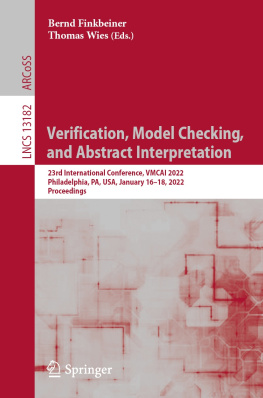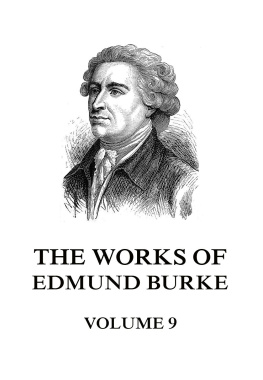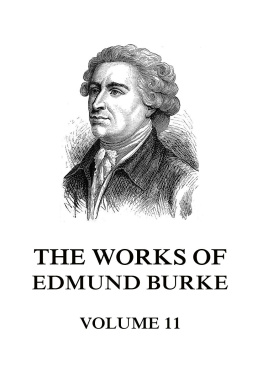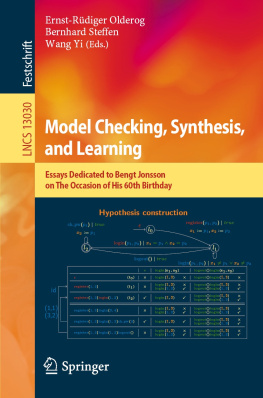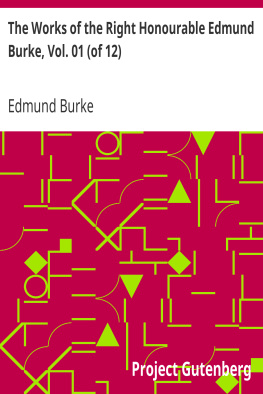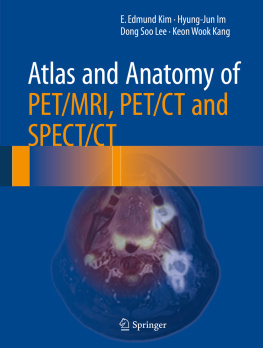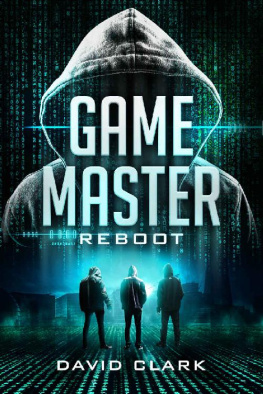The Cyber-Physical Systems Series
Calin Belta, editor
Model Checking, second edition, Edmund Clarke, Jr., Orna Grumberg, Daniel Kroening, Doron Peled and Helmut Veith
Model Checking
second edition
Edmund Clarke, Jr., Orna Grumberg, Daniel Kroening, Doron Peled and Helmut Veith
The MIT Press
Cambridge, Massachusetts
London, England
2018 Massachusetts Institute of Technology
All rights reserved. No part of this book may be reproduced in any form or by any electronic or mechanical means (including photocopying, recording, or information storage and retrieval) without permission in writing from the publisher.
For information about special quantity discounts, please email special_sales@mitpress.mit.edu.
This book was set in Syntax and Times Roman by the author.
Printed and bound in the United States of America.
Library of Congress Cataloging-in-Publication Data
Names: Clarke, Edmund M., Jr. (Edmund Melson), 1945 author.
Title: Model Checking / Edmund M Clarke Jr., Orna Grumberg, Daniel Kroening, Doron Peled, and Helmut Veith.
Description: Second edition. | Cambridge, MA: The MIT Press, 2018. | Series: The cyber-physical systems series | Includes bibliographical references and index.
Identifiers: LCCN 2018014965 | ISBN 9780262038836 (hardcover: alk. paper)
Subjects: LCSH: Computer systemsVerification.
Classification: LCC QA76.76.V47 C553 2018 | DDC 004.2/1dc23 LC record available at
https://lccn.loc.gov/2018014965
d_r0
In memory of Helmut Veith
This book is dedicated to
Martha, James, Jonathan, and Jeffrey,
Manfred, Noa, and Hila,
Anna, Theodore, Alexander, and Emilia,
Priva Peled,
Anna and Nikita
Contents
- 5CTL Model Checking
- 11Equivalences and Preorders between Structures
- 17.5Empirical Results
List of Figures
Synchronous modulo 8 counter |
Reachable states of Kripke structure for mutual exclusion example |
Computation trees |
Illustration of temporal operators |
A Kripke structure that satisfies neither EXp nor EXp |
The logic CTL* and its sublogics |
Basic CTL operators |
Counterexamples for LTL |
Procedure for labeling the states satisfying E(f1Uf2) |
Procedure for labeling the states satisfying EGf1 |
Microwave oven example |
Procedure for computing least fixpoints |
Procedure for computing greatest fixpoints |
Illustration of the computation of the set of reachable states using the post image |
Procedure for reachability analysis for checking AGp |
Sequence of approximations for E(pUq) |
Tableau for (heat) Uclose |
The product P of the microwave M and the tableau T |
Procedure for computing the set of states satisfying the CTL* formula g = Eg1 |
A finite automaton |
An automaton for words with finitely many as |
An automaton for an infinite number of as and an automaton for an infinite number of bs |
An automaton for words with an infinite number of as and bs |
The double DFS algorithm |
7.6 | Cases 2a and 2b in the proof of theorem 7.8 |
Transforming a Kripke structure into an automaton |
A Bchi automaton specifying mutual exclusion |
An eventuality property |
A Bchi automaton constructed for the LTL formula (h) Uc |
Splitting a node |
Efficient translation of LTL to generalized Bchi automaton |
Update the set Closed |
Update and split |
Split a node |
Creating a successor |
The Kripke structure resulting from algorithm EfficientLTLBuchi when given the formula (h) Uc |
Binary decision tree for a twobit comparator |
OBDD for a two-bit comparator with ordering a1< b1< a2< b2 |
OBDD for a two-bit comparator with ordering a1< a2< b1< b2 |
Twostate Kripke structure |
Witness is in the first strongly connected component |
Witness spans three strongly connected components |
Relational product algorithm |
Algorithm for variable elimination |
Procedure for binary search for a satisfying assignment for a given CNF C, implemented using a recursive call |
Search tree for equation 9.6 with traversal using decisions x1 0 and x2 1 |
Procedure for binary search for a satisfying assignment for a given CNF C, implemented using a trail |
Algorithm for Boolean constraint propagation (BCP) |
Implication graph for the clauses given as equation 9.8 |
Algorithm for computing a conflict clause |
The resolution proof for justifying the conflict clause x3x5 generated by Analyze-Conflict for the implication graph given as |
Application of bounded model checking (BMC) |
Model with diameter 2 |
Model for illustration of the kinduction principle |
A resolution proof for equation 10.10 |
Example for an application of McMillans interpolation system |
10.6 | Procedure for reachability checking using overapproximating postimage computation with Craig interpolation |
Illustration of frames F0,,Fk, which are subsets of S, for k = 2 |
Main loop of propertydirected reachability (PDR) |
Procedure for adding another frame in PDR |
Procedure for removing counterexamples to induction in PDR |
Propagation of clauses into other frames |
Illustration of removal of counterexamples to induction, with k = 2 |
Unwinding preserves bisimulation |
Duplication preserves bisimulation |
Two nonbisimilar structures |
Simulation equivalent structures that are not bisimilar |
Executing three independent transitions |
Depthfirst search with partial order reduction |
Execution of independent transitions |
Two stuttering-equivalent paths |
Transition commutes with 01m |
Two concurrent processes |
Full and reduced state graph |
Diagram illustrating problem 2 |
Full and reduced (thick lines) state graph for a mutual exclusion program |
Code for checking condition C1 for the enabled transitions of a process |


